Search
Remove Ads
Advertisement
Summary
Loading AI-generated summary based on World History Encyclopedia articles ...
Search Results
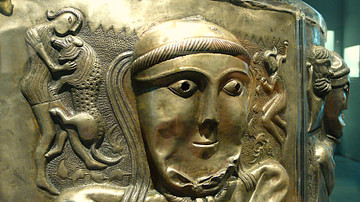
Article
The Ancient Celtic Pantheon
The ancient Celtic pantheon consisted of over 400 gods and goddesses who represented everything from rivers to warfare. With perhaps the exception of Lugh, the Celtic gods were not universally worshipped across Iron Age Europe but were very...
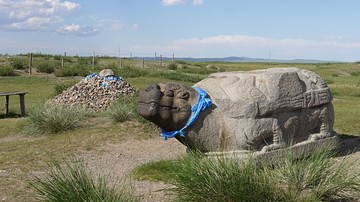
Definition
Karakorum
Karakorum (aka Qaraqorum, modern name: Harhorin) is located in the Orkhon Valley of central Mongolia and was the capital of the Mongol Empire from 1235 to 1263. Ogedei Khan (r. 1229-1241) ordered its construction, and had a walled palace...
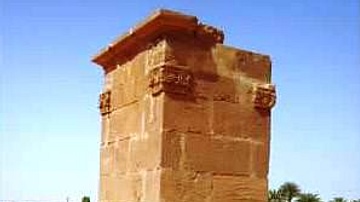
Article
Libyan' Inscriptions in Numidia and Mauretania
When the Numidian king Massinissa (c.241-148) died, the people of Dougga (or: Thugga) decided to build a monument in his honour. A bilingual inscription (RIL 2, KAI 101) says the building was erected in the tenth reign year of his successor...

Definition
K'inich Janaab' Pakal
K'inich Janaab' Pakal (23 March 603 CE - 31 March 683 CE) was the Maya king of Palenque in the modern-day State of Chiapas, Mexico. Also known as Pacal (which means 'shield') and Pacal the Great, he is most famous for raising the city of...

Image
Temple of the Inscriptions, Palenque
The Temple of the Inscriptions at Palenque, Mexico. The pyramid was completed c. 682 CE and used as the tomb of the Maya king Kinich Janaab Pacal (r. 615-683 CE).

Definition
Brahmi Script
The Brahmi script is the earliest writing system developed in India after the Indus script. It is one of the most influential writing systems; all modern Indian scripts and several hundred scripts found in Southeast and East Asia are derived...
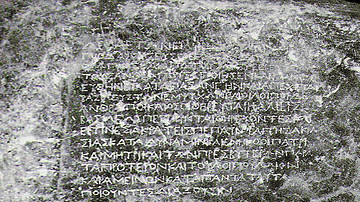
Image
Greek and Aramaic inscriptions by king Ashoka
Bilingual (Greek and Aramaic) inscriptions by king Ashoka at Kandahar (Shar-i-kuna). (3rd century BCE). Preserved at Kabul Museum. Today disappeared. Two-dimensional inscription. Greek (transliteration) 1. δέκα ἐτῶν πληρηεὺς...
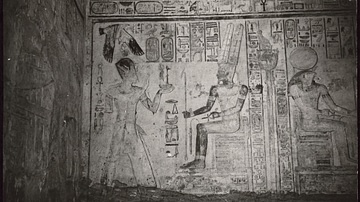
Image
Bas-Relief Inscriptions at Abu Simbel Great Temple
Great Temple (height: 110 feet / 33 meters, width: 127 feet / 38 meters) built under the 19th dynasty. On the facade, four colossuses about 67 feet / 20 meters high represent Rameses II (1290-1223 BCE). The complete work is 270 feet / 68...
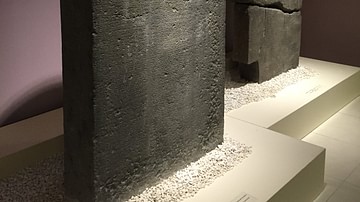
Image
Tablets with King Nabonidus Inscriptions, Harran
These large tablets comes from the 6th-5th century BCE. They contain the inscriptions from King Nabonidus, who was the last king of the Neo-Babylonian Empire, reigning from 556–539 BC. These tablets were found in Harran - near Sanliurfa...
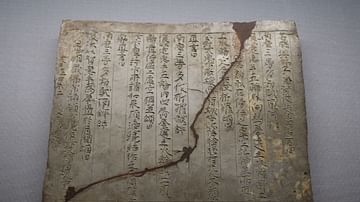
Image
Japanese Tablet with Sutra Inscriptions
This clay tablet with sutra inscriptions was excavated at Komachizuka Sutra Mound in Tanga, which is located in Mie prefecture, Japan. It dates to 1174 CE (Jo'an 4). Important cultural property. (Tokyo National Museum)